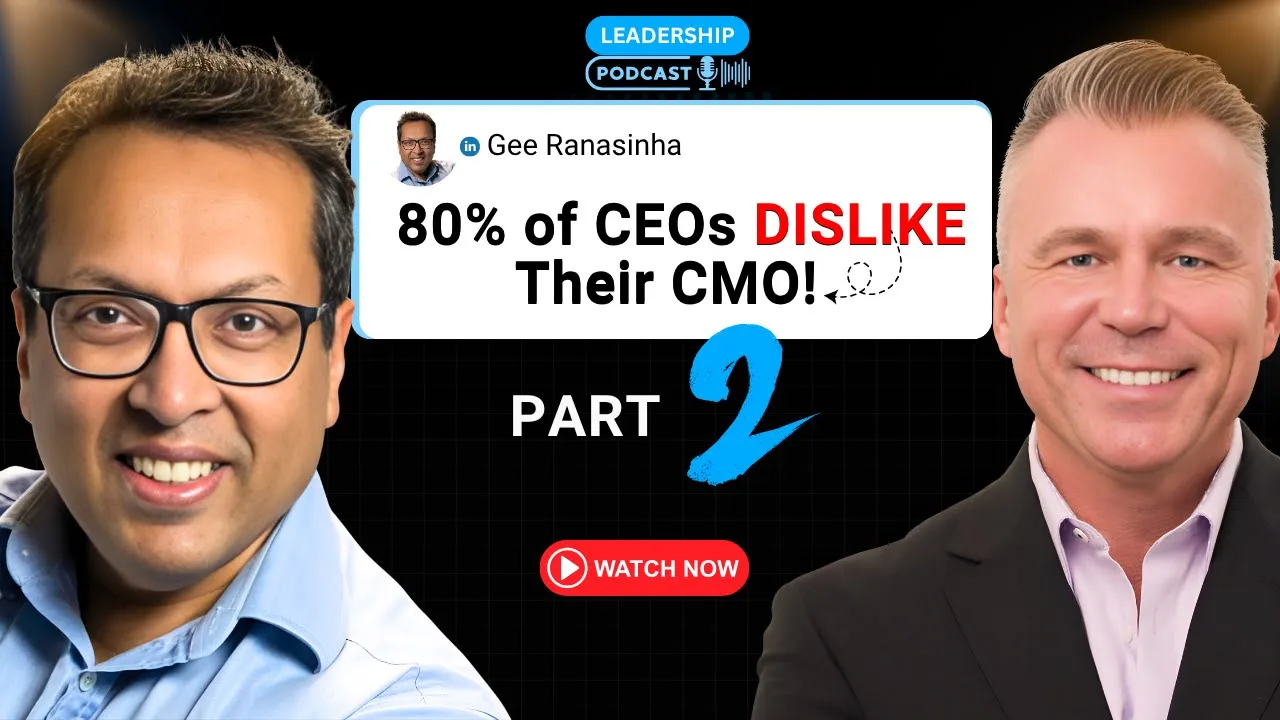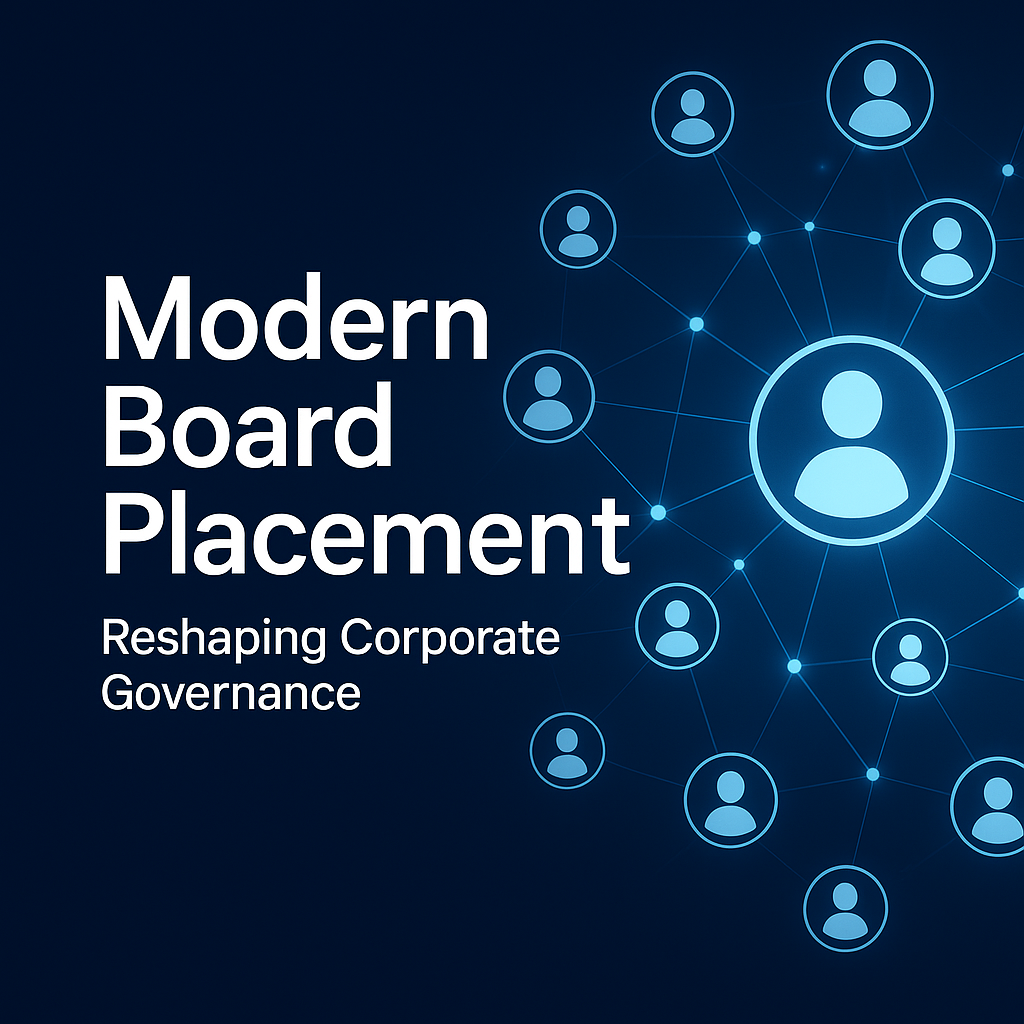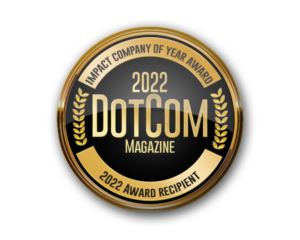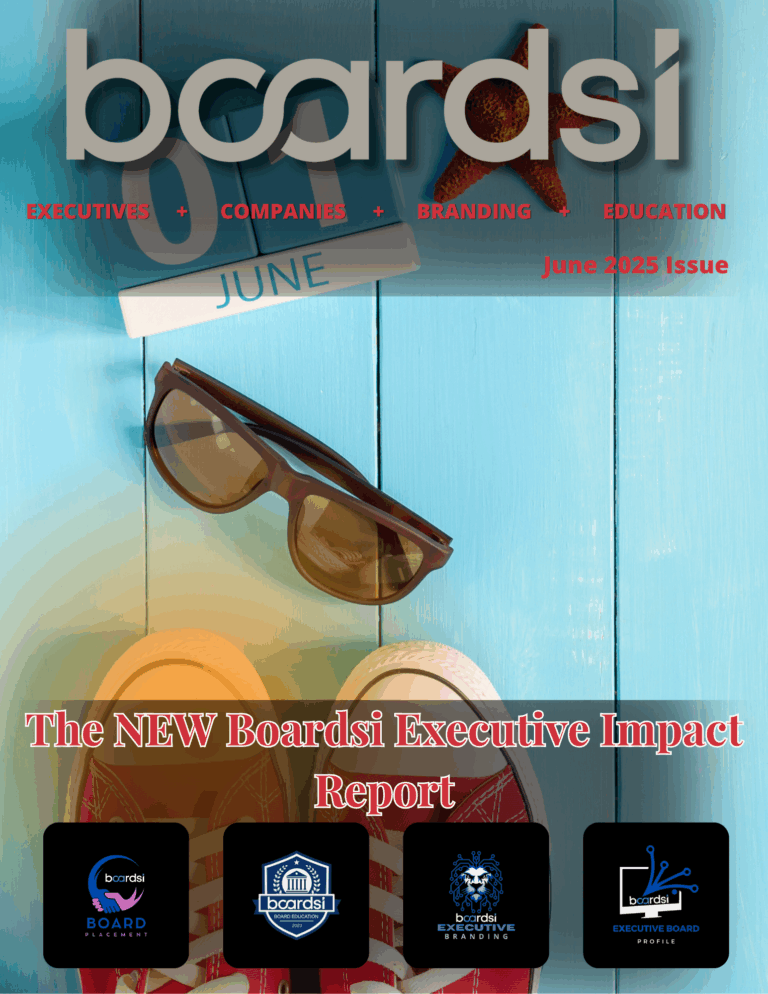Unlocking the Power of Creative Thinking in the Boardroom
Transforming Business Strategies through Collaborative Ideation
In the fast-paced, ever-evolving business world, stagnation is the enemy of progress. The key to staying ahead of the competition is fostering innovation and creative thinking at every level of the organization. But for innovation to truly thrive, it must be nurtured and encouraged within the boardroom. This article goes into detail about how important it is to unlock the power of creative thinking in the boardroom and gives you concrete ways to change the way your organization makes decisions.
The Creative Conundrum
Many boardrooms have strict rules that put efficiency and following the rules ahead of creativity and trying new things. This way of thinking can make it harder for the organization to come up with new ideas, change, and ultimately succeed in a market that is becoming more and more competitive. To solve this problem, leaders need to understand how important creative thinking is and create a more flexible, collaborative environment that supports different ideas and points of view.
Strategies for Unlocking Creative Thinking
- Encourage Diversity of Thought
Putting together a team of people with different backgrounds and areas of expertise is one of the best ways to encourage creative thinking. Different points of view make for more interesting conversations, new ideas, and unique solutions that might not have been found otherwise.
- Establish a Culture of Openness and Trust
It’s important to give board members a place where they can say what they think and feel without fear of being judged. Encourage open communication, active listening, and constructive feedback, and discourage negative criticism. This will help promote an atmosphere where creativity can flourish.
- Engage in Brainstorming Sessions
Set aside time during board meetings for brainstorming sessions where everyone can contribute their thoughts and ideas on a specific topic. Encourage out-of-the-box thinking and ensure everyone has an opportunity to speak. This not only leads to new ideas but also makes board members feel closer to each other and encourages them to work together.
- Embrace Failure as a Learning Opportunity
Innovation and creativity often come with risks, and only some ideas will be successful. Encourage board members to view failure as a learning opportunity and a stepping stone to growth. By embracing failure, board members will be more likely to take risks and propose bold, innovative ideas.
- Invest in Continuous Learning and Development
Encourage a culture of learning by giving board members chances to learn new things and improve their skills. This could include attending conferences and workshops or engaging with industry experts. By staying informed of the latest trends and best practices, board members will be better equipped to think creatively and make informed decisions.
- Leverage Technology
Utilize technological tools and platforms to facilitate collaboration and the exchange of ideas. Digital whiteboards, virtual reality, and collaboration software can help bring ideas to life, enhance communication, and streamline the decision-making process.
In today’s fast-paced business world, it’s important for companies to unlock the power of creative thinking in the boardroom if they want to stay competitive and come up with new ideas. By creating an environment that encourages different ways of thinking, openness, trust, and learning all the time, you can turn your boardroom into a place where people can come up with new ideas and work together. This will lead to better strategies and long-term success.









